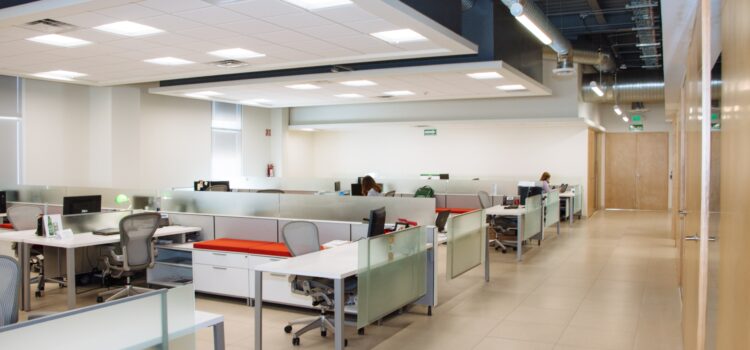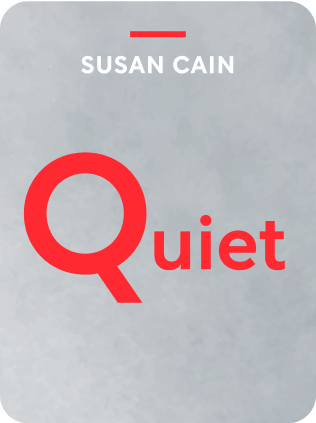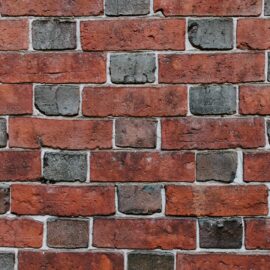

This article is an excerpt from the Shortform book guide to "Quiet: The Power of Introverts" by Susan Cain. Shortform has the world's best summaries and analyses of books you should be reading.
Like this article? Sign up for a free trial here .
What is the rationale behind creating open office plans? Is open office productivity possible or is it actually a myth?
Open office productivity is a myth, despite the fact that many companies have moved towards this design. While the intention is to increase productivity, it can actually be a distraction and be especially detrimental to introverts.
Read more about the open office productivity myth.
The Open Office Productivity Myth
Although companies are enamored of open offices, studies have shown that open-office designs reduce rather than enhance productivity.
For instance, consultant Tom DeMarco and colleagues studied 600 computer programmers in ninety-two companies and found that the top performers worked in settings providing the most personal space, privacy, and control over their surroundings and the least interruption. Since the results of the so-called Coding War Games study were reported in 1987, other studies have also shown that performance and productivity lag in open-office environments.
For one thing, open offices are characterized by interruptions and noise, which create stress. A study of 38,000 knowledge workers found that being interrupted is one of the biggest deterrents to productivity. Workers in open offices are more likely to have high blood pressure and get the flu. They experience more friction with coworkers, argue with them more, and worry about others overhearing their phone calls and peeping at their computer screens. A noisy environment also gets in the way of learning. Research shows that people learn better after a quiet walk in the woods than a noisy walk on a city street.
Multitasking is another productivity myth. Current research shows that the brain can’t focus on two things at the same time—it actually switches back and forth between tasks, which lowers productivity and increases mistakes by up to 50%.
Employees are often well aware of the drawbacks of overly stimulating open-office environments. For example:
- A video design company in California, Backbone Entertainment, found that its video game developers, who tended to be creative introverts, disliked the company’s open floor plan, so the company switched to cubicles.
- In designing its new Ohio headquarters in 2000, Reebok thought its shoe designers would prefer shared workspace where they could brainstorm ideas. But when managers asked them, shoe designers said they needed quiet surroundings in order to concentrate.

———End of Preview———
Like what you just read? Read the rest of the world's best book summary and analysis of Susan Cain's "Quiet: The Power of Introverts" at Shortform .
Here's what you'll find in our full Quiet: The Power of Introverts summary :
- How society overvalues extroverts
- Why introverts' overlooked strengths are the key to greater success in work, school, and society
- How extroversion caused the fall of Enron







Where I worked it was an open floor plan it was really hard to concentrate on work with people moving about in and out all day long. A lot of commotion at times.